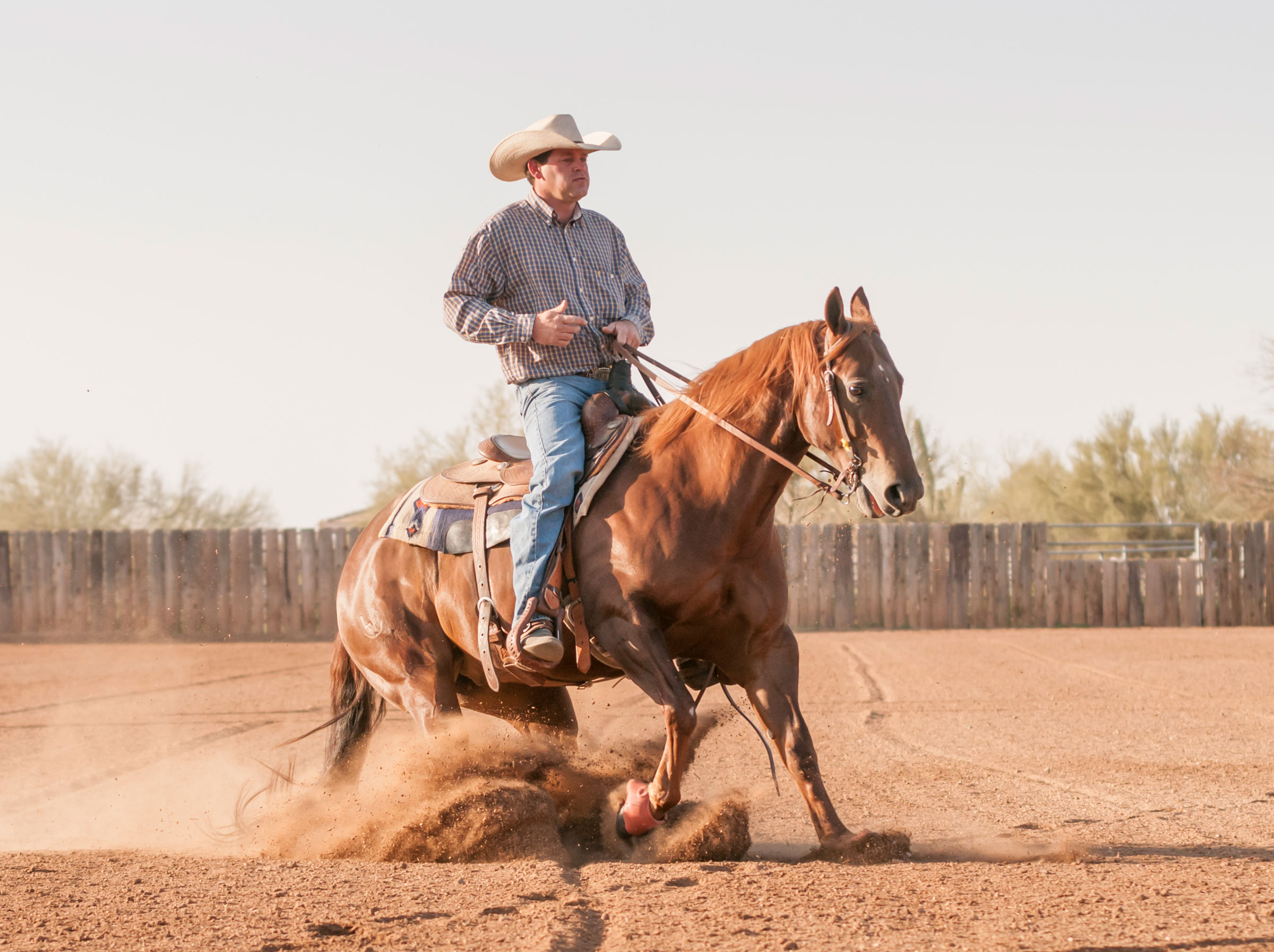
For new farm owners, or farm owners that want to give their arena a makeover, it can be overwhelming to determine which type of footing is best for your needs. Cost, availability, and its intended use will play a big part in the decision of what material to use.
Each type of footing has pros and cons based on factors like drainage, ease of maintenance, and the effect the material has on a horse’s joints, tendons, and ligaments. Each material can also mean a completely different feel in your horse’s way of going.
Sand
One of the most common types of arena footing is sand. While sand alone is frequently used, it can also be combined with other types of footing (such as rubber or fiber). On the plus side sand is cost-effective and drains fairly quickly. However, its quick drying component means more frequent watering in drier months and climates. It can also grind down with heavy use, so more will need to be added periodically. Mixing in a water-holding or more cushioning type of footing can help alleviate some of these concerns.
“In Aiken, South Carolina, my favorite kind of arena was built with natural sand,” says Lea McCullough, a former barn owner and manager of fourteen years, real estate agent specializing in equestrian properties, and USDF bronze and silver medalist with a long history of riding in dressage and eventing. “As long as there isn’t heavy use (personal riding only) and you groom and irrigate it often, this kind of ring can be the most rewarding. It’s affordable to build, great for soundness, and easy to care for. Of course, if you are in a boarding facility with high traffic, a different base with a sand topping would be my choice.”
If you choose sand for your arena, be mindful of the depth because sand deeper than 6 inches can be stressful to a horse’s tendons and ligaments.
Wood
Like sand, wood can be used as the primary footing or mixed with other types. Wood footing comes in the form of chips or sawdust and holds moisture better than sand, which means less watering. It also offers cushioning to the horses working on it.
However, wood products vary widely depending on where they are sourced. In addition, due to its organic nature, wood tends to break down and need additions more often (every few years) than other forms of footing.
“I’ve ridden in several arenas with a wood mulch base,” says McCullough. “Basically, you take shredded or small chunks of wood as a base for an arena. It would not be my choice of a topping, though, as I feel it can be slippery and uneven to ride performance horses in.” Never use black walnut wood for arena footing because it can cause laminitis in horses, she adds.
Rubber
Rubber arena footing is sourced from finely shredded recycled tires or even shoes but can also be found directly through horse footing companies. If you choose rubber footing for your arena, be sure it does not contain any metal particles that are found in steel belted tires.
Rubber footing is extremely durable, so it lasts longer than wood and won’t grind down like sand. This material is commonly mixed with sand and other footing to add additional stability—it can have too much give when used alone. Rubber footing can also float and separate during heavy rainfalls, leaving bare spots if it’s the only footing.
Due to its dark color, this material can heat up during the summer months, so it might not be suitable for hotter climates. “One of my favorite arenas that I ever built was my indoor arena in the Pacific Northwest,” says McCullough. “This arena was a simple balance of crumb rubber and clean builder sand on a solid and level base. The rubber did help keep the moisture longer on a hot summer day, but also kept the buoyancy of the footing to help the horses without grabbing or slipping.”
GGT
GGT, or German Geo Textile, has become increasingly popular as a horse arena footing. This footing is a combination of shredded textile fibers and sand which helps with cushioning and traction for horses.
However, like any other footing material, GGT might not be for everyone. “While this may not be a popular opinion, I’m not a fan of the GGT,” says McCullough. “My horses have a tendency to trip and stumble, which means their tendons and joints are taking the concussion of the pull and grab of the footing. It’s pretty in photos, and can ride well, but my horses tell me otherwise. I’ve felt the best performance from my horses was in a well-built sand arena.”
Choose the Right Footing for Your Area
One thing to keep in mind when purchasing new footing is the region where you live because this has a significant impact on the footing. While one type might be perfect for farms in Florida, it might be completely inadequate in northern states, for example. Some regions need footing with better drainage, while others need a footing that does not dry out quickly.
“My experience is to ride in as natural and level footing as possible for maximum soundness and longevity of your horses,” says McCullough. “Every arena type or footing really depends on the local area, as every climate is very different and creates different challenges and rewards.”


